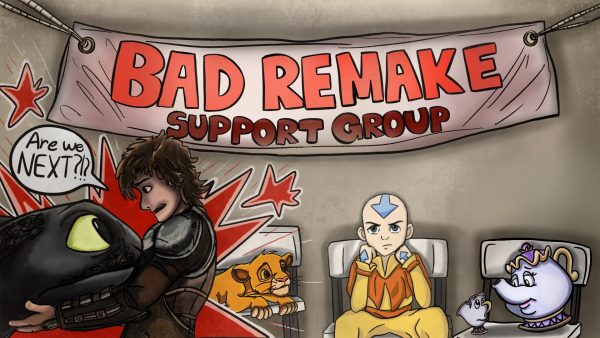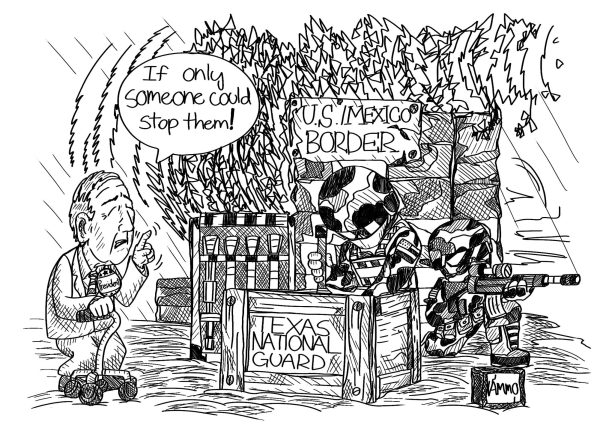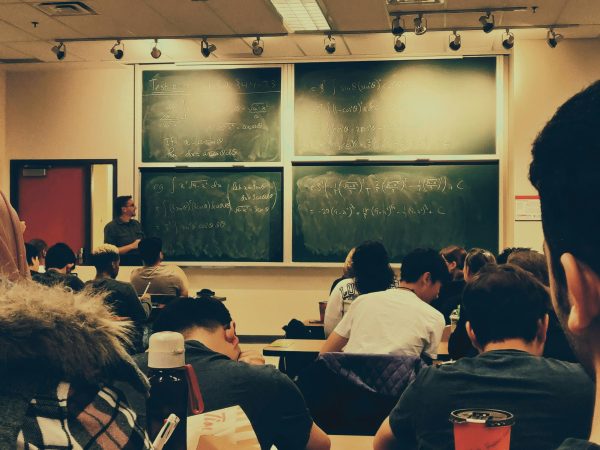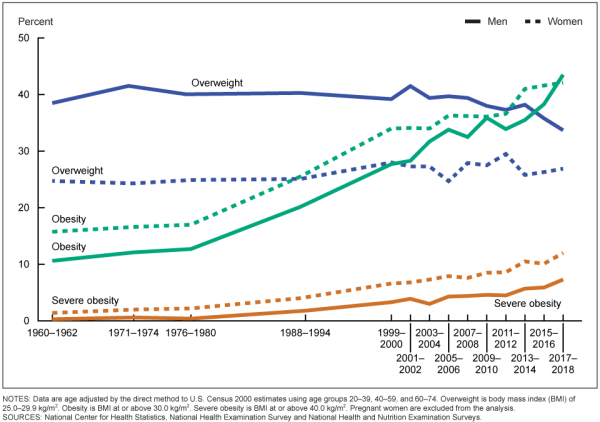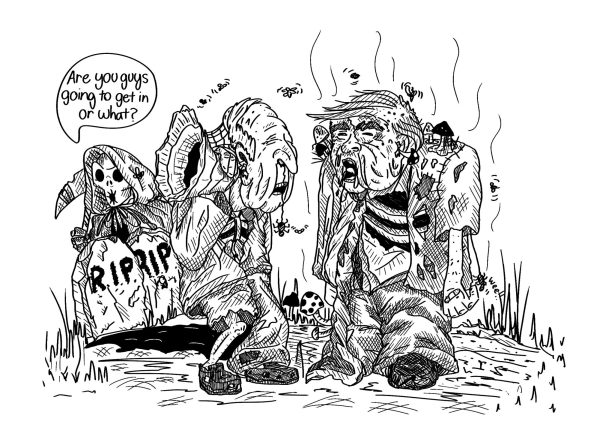As Tumbling Enrollment Rattles Education Across California, Does the State Need to Step In?
October 29, 2020
Another day, another quiet Zoom call.
I watch as my classmates enter and take their virtual “seats.” Each day, with each meeting, more seats remain empty. The yawning void of students grows, reminding me once again of this harsh pandemic reality.
College attendees have been increasingly absent across the country since the coronavirus began. I’ve observed as many of my classmates have silently dropped out of classes, seeming to falter beneath the heavy mental and financial weight of COVID-19.
The thing is, it didn’t have to be this way. Perhaps if the state had offered more aid for enrollees and institutions, we could have seen more sustained educational success.
Instead, we saw a 7% decrease in summer enrollment at Diablo Valley College, according to California Community Colleges.
The pandemic, which has shattered our economy and educational systems, may impact America for the next decade, according to the Congressional Budget Office. As the virus has run rampant through the U.S. in 2020, it has wrought devastating consequences on students especially, steering many away from the path of higher education.
Across the state many students appear to be skipping college this year. California Community Colleges reports that 600,000 enrollees attended college during the summer of 2020 – a drop of 14% across the state in comparison to the more than 700,000 students who enrolled the previous summer.
The percentage of non-enrollment has been higher among African American students whose attendance has dropped by 17%, with just over 31,000 attending community college this summer.
Although Fall 2020 statistics have not been released, Forbes reported that colleges are expected to see an attendance decrease of “7% overall, with some individual campuses projecting losses as high as 20%.”
The sharp decline in student enrollment, which will in turn impact college funding, is likely to have a rippling effect across the economy and the educational landscape. In the post-Covid era, whenever that arrives, students may find it even harder to return to classes.
According to a survey by The Gap Year Association, 11% of attendees who voluntarily missed a semester of college decided not to continue their post-secondary education.
Our college has worked hard to support attendees financially and emotionally during the pandemic. DVC, like many other state-financed schools, has made free meals, additional financial aid and counseling groups widely accessible. However, the scale of destruction wrought by the virus has simply been too large for our institution to mitigate alone.
If the trends reported by the Gap Year Association bear out, California’s colleges could stand to lose more than 11,000 students who do not return to classes after the pandemic. This would be a devastating loss for education and our state’s economy, and may have an even longer impact than the Congressional Budget Office’s estimated decade of recovery.
Students and educators deserve better from California’s taxpayer-supported government. The growing educational crisis has set us on a course towards devastating and unprecedented loss. The state needs to do its part by playing a bigger role during this time of crisis. Now is the appropriate time to pull resources from the government’s rainy day fund and offer educational subsidies and grants to students struggling across California.







































































